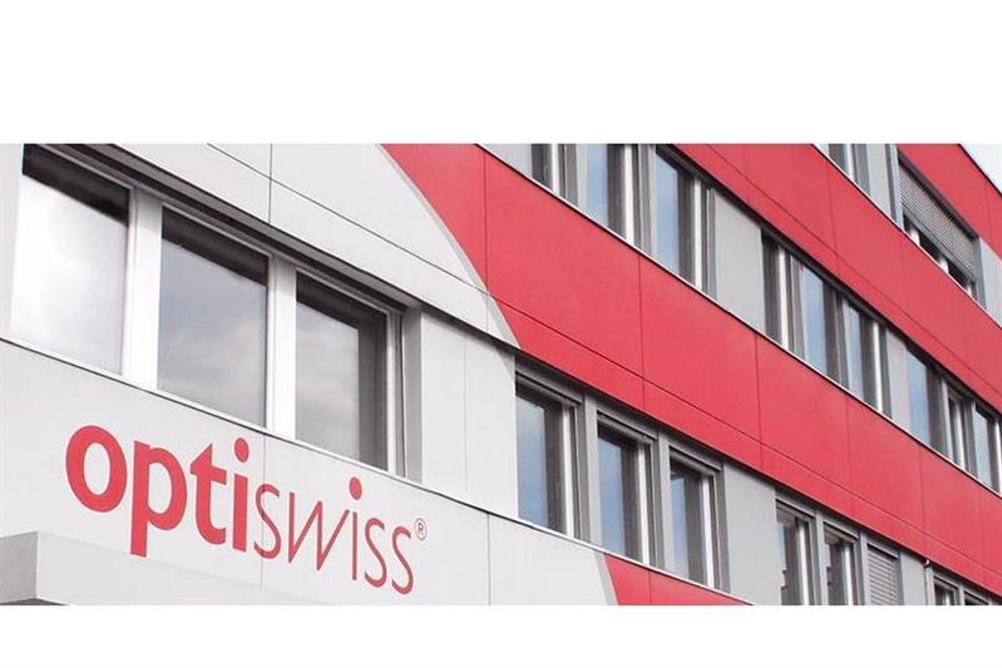
Lens manufacture has become a global business with economy of scale and just-in-time logistics changing the land- scape of production. Those humble pieces of clear plastic that enable your patients to see are increasingly produced by megalabs in far flung coun- tries. You may then be surprised to know that a firm set up in 1937 is producing 8,000 lenses per day from a surprisingly small facility in the heart of Europe.
The factory Optiswiss made its home over 50 years ago is located just a 10-minute tram ride from Basel’s main railway station. Samuel Frei, Optiswiss chief executive officer, says producing lenses in one the of the most expensive places on earth makes perfect sense when you are producing the very best quality lenses. He says everything is optimised within the two storey building which is undergoing constant development and investment to increase efficiency and quality. Frei says partnership, authenticity and sustainability are the firm’s watchwords, something he now wants to bring to the UK market through its partnership with Deepcove Optical. ‘Independent opticians are absolutely our focus,’ he says adding that his ambition is to make Optiswiss the leading independent supplier in Europe to independent practices.
Register now to continue reading
Thank you for visiting Optician Online. Register now to access up to 10 news and opinion articles a month.
Register
Already have an account? Sign in here



